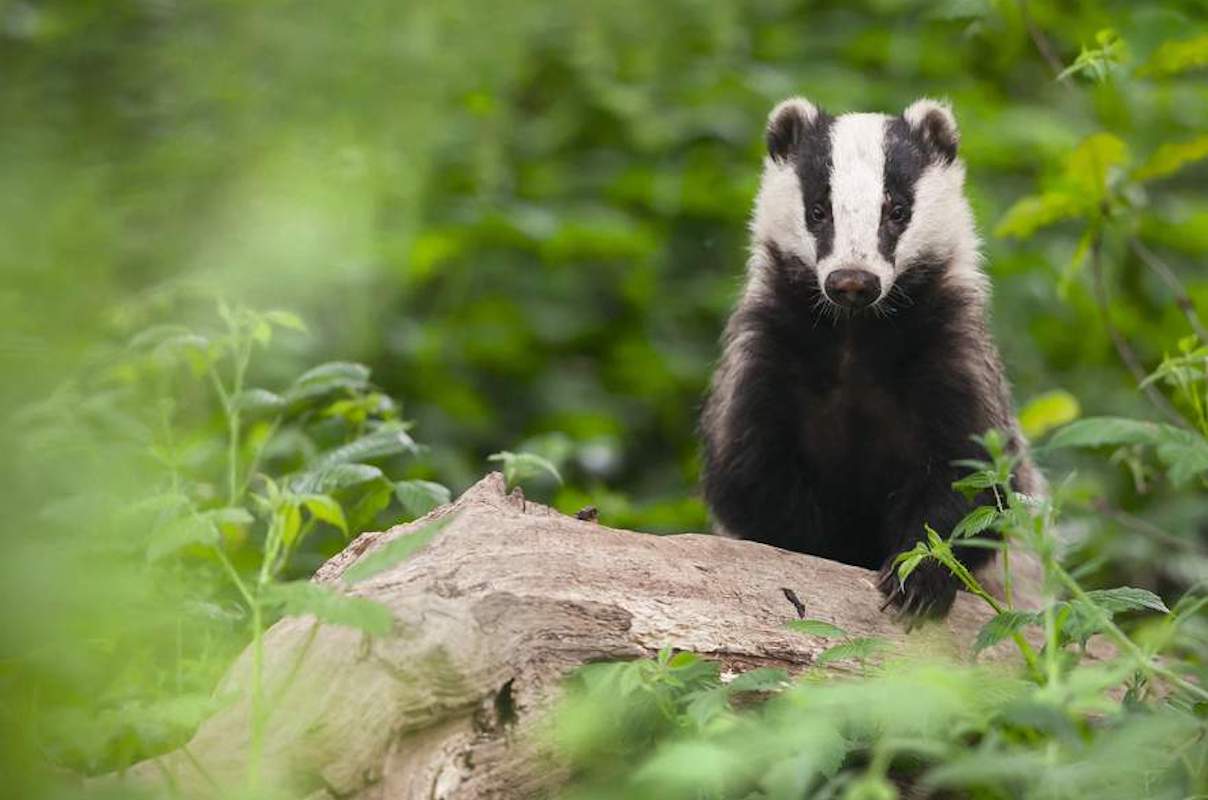Does badger cull increase TB risk to adjacent herds?

Badger culling could increase the risk of bovine tuberculosis (bTB) among herds in neighbouring areas.
Researchers at the University of Oxford reanalysed data from the randomised badger culling trial (RCBT) that took place between 1998 and 2005. They discovered that although badger culling reduced incidences of bTB in the areas where it took place, in neighbouring areas the risk of the disease in cattle increased by 29%.
The analysis revealed that the risk of bTB spreading among cattle in cull-adjacent herds only increased while culling was taking place. The researchers said this suggested that “careful consideration” of neighbouring areas was needed when devising badger culling strategies.
Henry Grub, PhD researcher in bovine tuberculosis control at Imperial University, told ST: “This research is the most extensive analysis comparing different statistics yet, and is a definitive answer to the RBCT’s findings. These findings show culls probably reduced cattle TB in cull zones, and probably increased bTB in adjacent unculled areas.
“This is not a new finding, but should be a full stop in RBCT reinterpretations. Science should focus its research on cattle and badger vaccinations, and new bTB tests.”








